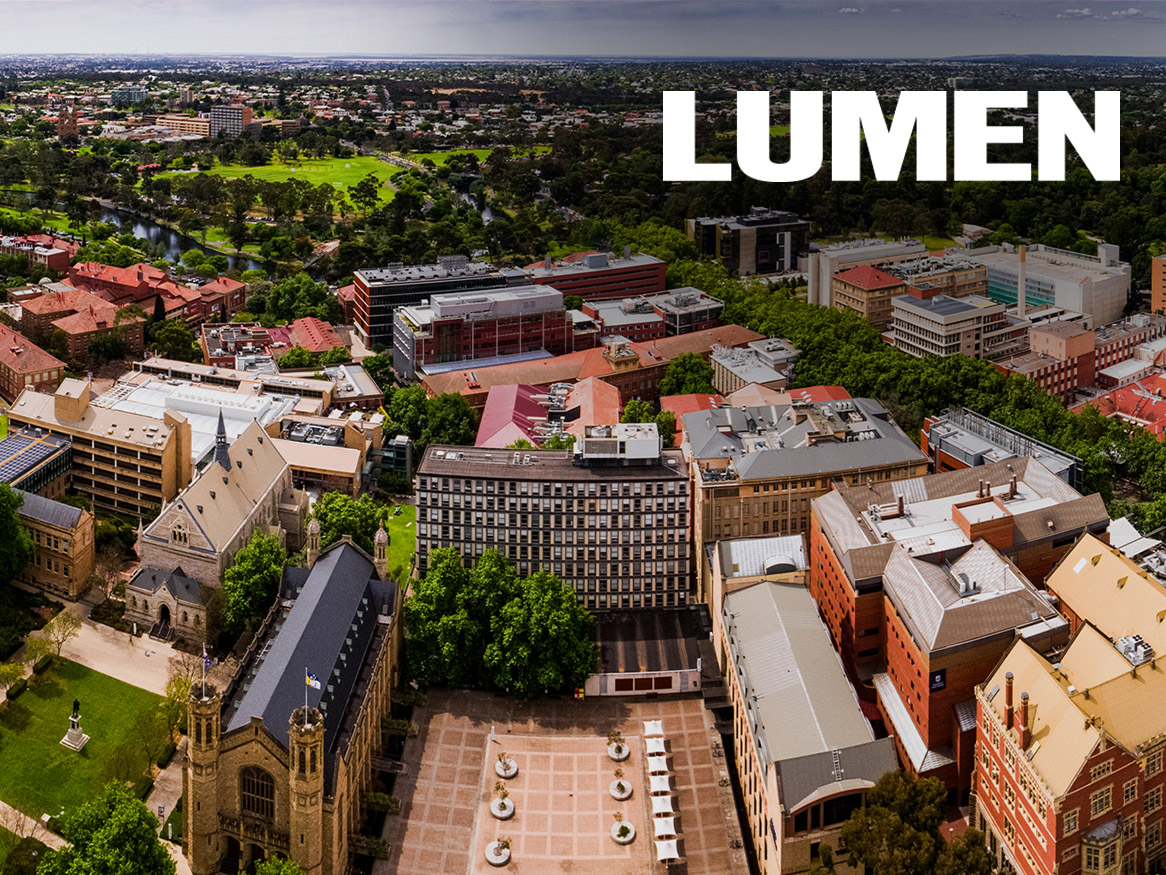Ancient Roman glass inspires modern science
Thursday, 21 November 2013
A 1700-year-old Roman glass cup is inspiring University of Adelaide researchers in their search for new ways to exploit nanoparticles and their interactions with light.
Researchers in the University's Institute for Photonics and Advanced Sensing (IPAS) are investigating how to best embed nanoparticles in glass - instilling the glass with the properties of the nanoparticles it contains.
"Nanoparticles and nanocrystals are the focus of research around the world because of their unique properties that have the potential to bring great advances in a wide range of medical, optical and electronic fields," says Associate Professor Heike Ebendorff-Heidepriem, Senior Research Fellow in the University's School of Chemistry and Physics. "A process for successfully incorporating nanoparticles into glass, will open the way for applications like ultra low-energy light sources, more efficient solar cells or advanced sensors that can see inside the living human brain."
"We will be able to more readily harness these nanoscale properties in practical devices. This gives us a tangible material with nanoparticle properties that we can shape into useful forms for real-world applications. And the unique properties are actually enhanced by embedding in glass."
The Lycurgus Cup, a 4th century cup held by the British Museum in London, is made of glass which changes colour from red to green depending on whether light is shining through the Cup or reflected off it. It gets this property from gold and silver nanoparticles embedded in the glass.
"The Lycurgus Cup is a beautiful artefact which, by accident, makes use of the exciting properties of nanoparticles for decorative effect," says Associate Professor Ebendorff-Heidepriem. "We want to use the same principles to be able to use nanoparticles for all sorts of exciting advanced technologies."
Nanoparticles need to be held in some kind of solution. "Glass is a frozen liquid," says Associate Professor Ebendorff-Heidepriem. "By embedding the nanoparticles in the glass, they are fixed in a matrix which we can exploit."
Associate Professor Ebendorff-Heidepriem is leading a three-year Australian Research Council Discovery Project to investigate how best to embed nanoparticles; looking at the solubility of different types of nanoparticles in glass and how this changes with temperature and glass type, and how the nanoparticles are controlled and modified.
The work builds on a past project with collaborators who are now at RMIT University.
"It was pure serendipity. We found by chance the right glass and the right conditions to embed nano-diamond into glass, creating a single photon source in a fibre form," says Associate Professor Ebendorff-Heidepriem. "Now we need to find the right conditions for other nanoparticles and other glasses."
Contact details
Email: heike.ebendorff@adelaide.edu.au
Senior Research Fellow
Institute for Photonics & Advanced Sensing
The University of Adelaide
Business: +61 8 8313 1136
Mobile: +61 439 336 214
Media Team
Email: media@adelaide.edu.au
Website: https://www.adelaide.edu.au/newsroom/
The University of Adelaide
Business: +61 8 8313 0814







